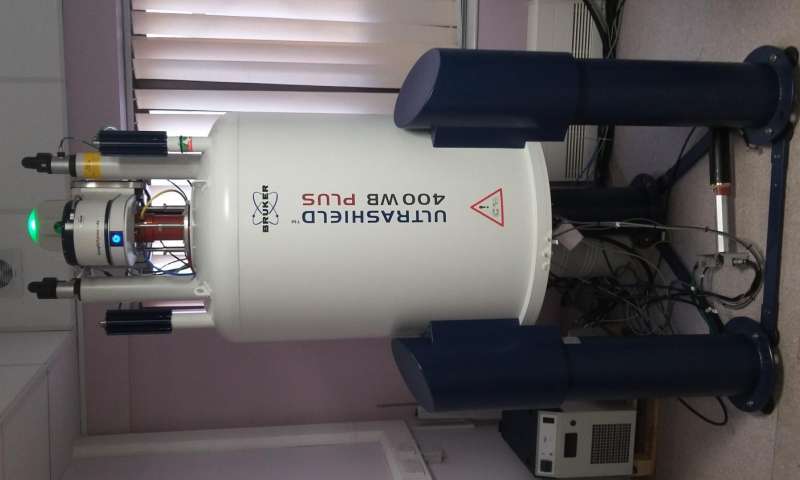Scientists at the University of Sheffield have developed a new technology that can detect human sperm without killing them – helping to improve the diagnosis of infertility.
Magnetic resonance spectroscopy, by using a powerful magnetic field, works like a radar, emits energy pulses in a sperm sample in a special scanner, and then listens to the returned molecular echo signal. This may help distinguish between good or bad sperm populations.
Unlike other more destructive methods of inspection, low-energy pulses do not cause damage to the sperm, which means they can continue to be used for IVF treatment. This is similar to the technique that doctors use to capture images of cells and tissues in the body.
This latest technology was first developed by a semen NMR project jointly conducted by a physicist at the Institute of Radiology at the University of Sheffield and a fertility specialist at the University's Institute of Reproductive Development Medicine.

Professor Martyn Paley of the Institute of Infectious, Immunological and Cardiovascular Diseases at the University of Sheffield said: "Before this, magnetic resonance spectroscopy has been used to examine the molecular composition of many cells and tissues in other diseases, such as cancer, but it used to be Never used to check live sperm. Therefore, this result is the world's number one."
In this study, scientists examined fresh sperm samples from healthy volunteers and infertile patients for just over an hour.
Guangdong Widinlsa International Co.Ltd , https://www.guangdongwidinlsa.com